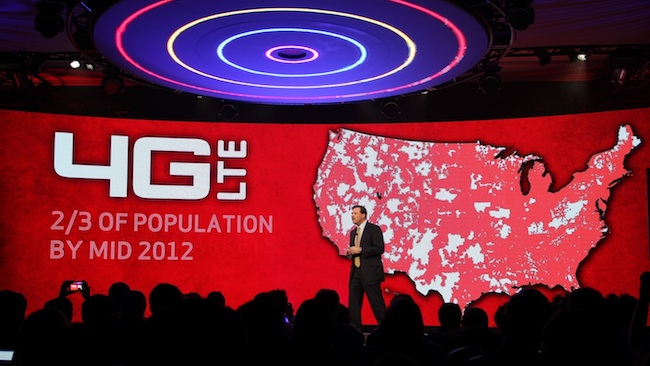HTC’s Thunderbolt, Verizon’s first 4G LTE enabled smartphone, shipped one year ago this month. That’s pretty insane when you think about it. The Thunderbolt was laughably immature, had a battery life of about 40 minutes, and here we are, one year later, and both AT&T and Verizon have a wide portfolio of Android smartphones that can use 4G LTE in most parts of the country while also being able to last for at least an entire work day. According to the bean counters at Strategy Analytics, 6.8 million 4G LTE handsets were sold worldwide during calendar year 2011. Know how many they think will be sold this year? An astonishing 67 million.
“The mobile industry is entering a breakout year for 4G LTE technology. Multiple operators and multiple phone vendors will be launching dozens of LTE models across numerous countries worldwide. LTE has quickly become a high-growth, high-value market that no operator, service developer, device vendor or component maker can afford to ignore.” – Neil Mawston, Executive Director at Strategy Analytics
Last month we published a report that said 4 out of every 10 non-Apple smartphones used a Qualcomm chipset. That’s important because Qualcomm’s newest platform, the Snapdragon S4, has 4G LTE built-in. Samsung is also expected to introduce their very first Exynos chip with a 4G LTE modem bundled as well. And let’s not forget about the elephant in the room, Apple, who is widely expected to put 4G LTE in the next iPhone.
We’re obviously excited by all this, but to tell you the truth we also have some huge concerns. Voice over LTE hasn’t yet been figured out. AT&T uses CSFB, which is a fancy of saying they’ll take you off their 4G LTE network, put you on their 3G, and then route all your voice and SMS traffic through there. Verizon’s phones are connected to a 3G and 4G network simultaneously, which probably explains why they’ve been having so many outages.
Then there’s Europe, where 4G LTE is still considered a fantasy in most countries.
